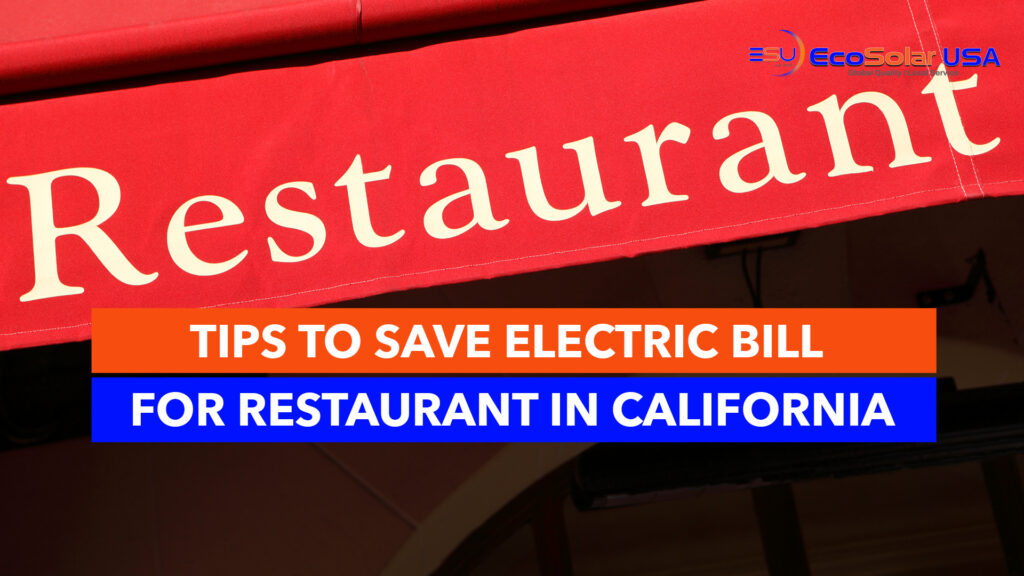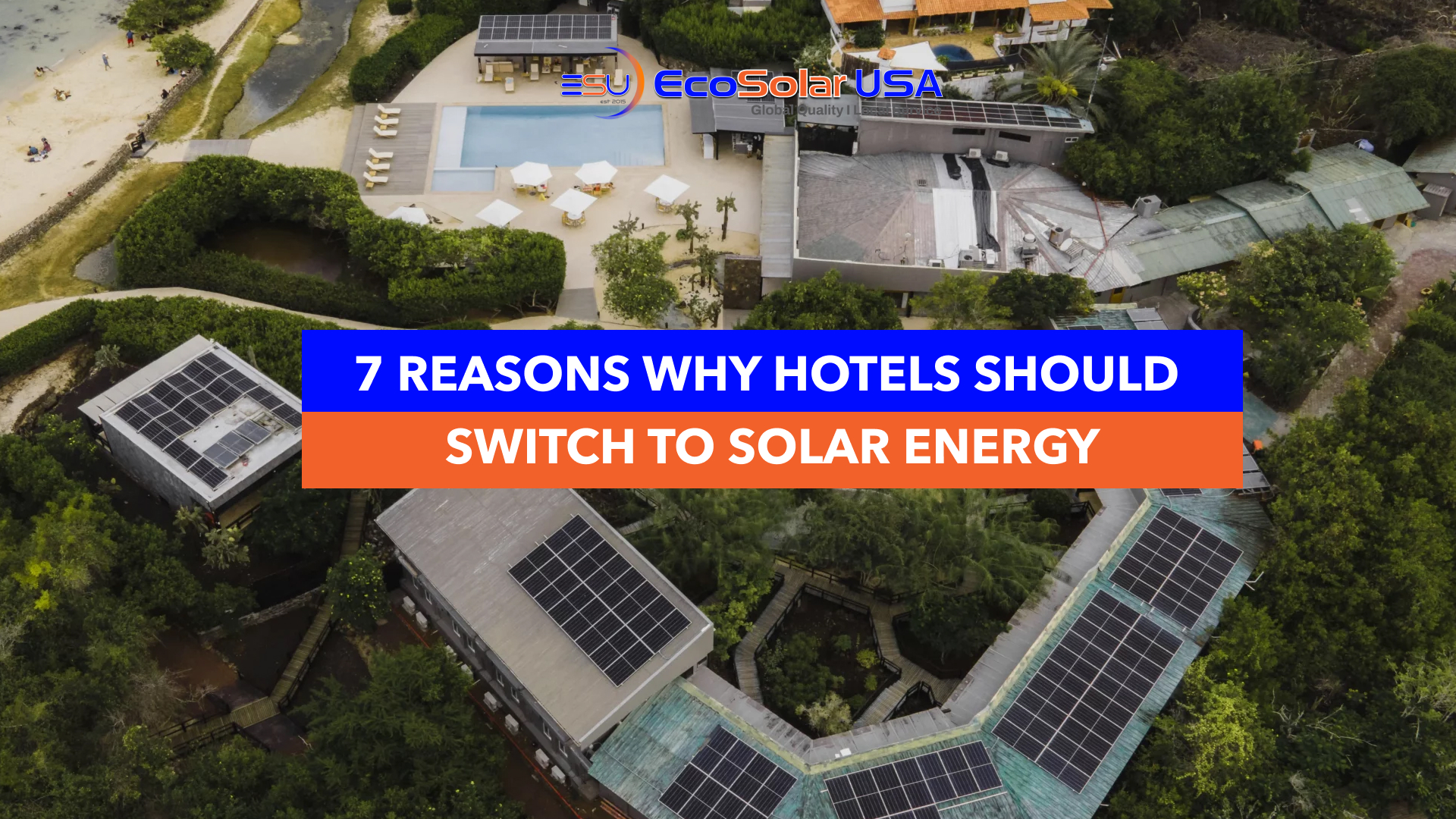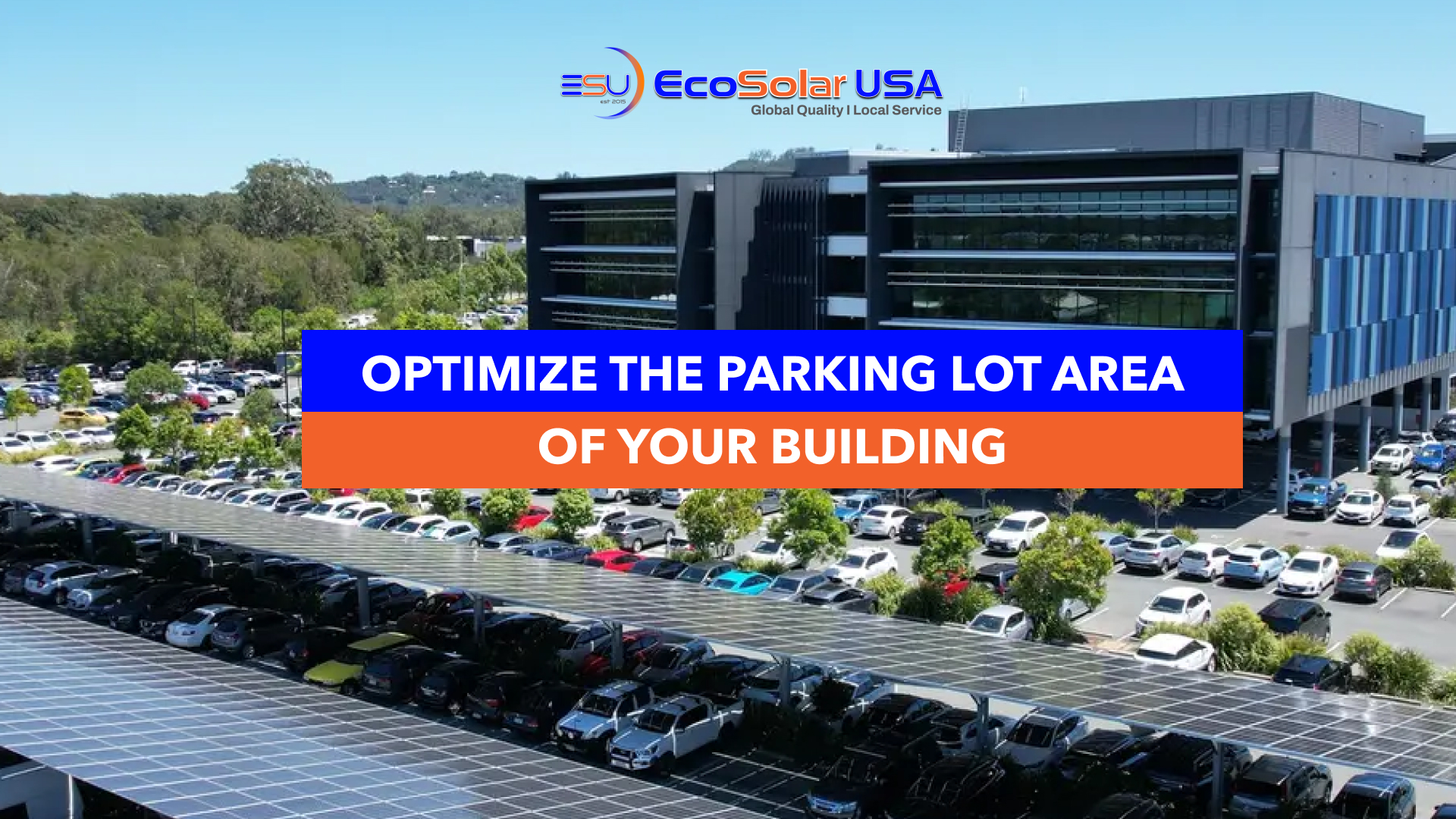
Running a restaurant in California is rewarding—but also expensive. Between rising food costs, labor, rent, and especially utilities, margins can be very tight. Utility expenses alone often account for 3%–5% of total operating costs in restaurants. 7shifts+1
In this guide, tailored for California restaurant owners, we’ll show how you can reduce your electricity bill and overall utility costs, without sacrificing customer experience.
1. Know Where Your Energy Is Going
Restaurants use many times more energy per square foot than typical commercial buildings. According to Budderfly:
“The average restaurant energy consumption rate is 5 to 7 times higher than any other type of commercial building.” blog.budderfly.com
And according to 7shifts:
“Restaurants spend an average of $2.90 per square foot on electricity and $0.85 per square foot on natural gas annually.” 7shifts
| Equipment / Area | % of Energy Use | Key Saving Tips |
| Cooking equipment (ovens, fryers) | ~30-35% | Use induction or high-efficiency units |
| HVAC & climate control | ~25-30% | Maintain filters, use smart thermostats |
| Refrigeration & freezers | ~10-15% | Clean coils, set correct temps, upgrade old units |
| Lighting | ~8-10% | Replace with LEDs, use sensors |
| Hot water & dishwashing | ~5-10% | Insulate pipes, install efficient fixtures |
Knowing which areas cost the most lets you target your energy-saving efforts more effectively.
2. Take Advantage of California’s High Energy Rates & Solar Potential
In California, electricity rates are among the highest in the U.S. That means energy savings and solar investment pay off faster. By reducing consumption and/or installing solar panels, you can make a meaningful dent in your utility bills.
Tip: Consider combining consumption reduction (equipment upgrades, efficiency) with solar for maximum impact.
3. Optimize Kitchen & Cooking Equipment
Because cooking operations dominate your energy use, these steps are high impact:
- Use induction cooktops instead of traditional electric stoves—they’re more efficient.
- Install smart controls on exhaust hoods and ventilation so they run only when needed.
- Perform regular maintenance on fryers and ovens to maintain efficiency.
- Turn off equipment when idle or in slow hours.
The savings you draw from better kitchen efficiency may be significant given your high energy usage in this zone.
4. Improve Refrigeration Efficiency
Refrigeration often runs 24/7, so optimizing it is another high-return strategy:
- Clean condenser coils monthly.
- Replace door gaskets on walk-ins and freezers.
- Use night covers for open-display cases.
- Switch to interior LED lighting in coolers & freezers (less heat load).
One source noted:
“Inefficient equipment wastes up to 80% of a restaurant’s energy.” blog.budderfly.com
5. Upgrade Lighting & HVAC for Savings
- Replace all incandescent/fluorescent bulbs with LEDs—they consume up to ~75% less energy.
- Install occupancy sensors and daylight sensors in storage, back-of-house and dining areas.
- Ensure your HVAC system is well maintained—dirty filters and poor ducts reduce efficiency.
- Consider smart thermostats and programmable schedules to avoid over-cooling or over-heating during closed hours.
Many restaurants overlook lighting/back-of-house as “small”, but these add up.
6. Conduct an Energy Audit & Track Your Usage
Because energy is a variable cost, tracking is key. According to 7shifts:
“Industry experts agree that if your energy costs are higher than 5% of total operating costs, you need to take steps to lower your utility bill.” 7shifts
Steps you can take:
- Have your utility provider or a professional auditor perform a commercial restaurant energy audit.
- Use energy-monitoring software to see patterns (peak hours, idle loads).
- Monitor your utility bills monthly, compare year-over-year and track $/sq ft usage.
By knowing where your spikes are, you can target those high-cost points rather than guessing.
7. Combine Efficiency with Solar (Long-Term Strategy)
While many efficiency measures reduce your usage, going solar reduces your dependency on grid electricity and the effect of rising rates. In California, with high rates and strong solar potential, restaurants can benefit significantly.
Tip: Start with efficiency measures (cheaper, faster) and plan your solar installation once your energy base is lowered—so you need smaller system size and lower cost.
8. Marketing Your Green Restaurant
Energy savings isn’t just about cost—it’s a selling point. Many diners value sustainable restaurants. Highlighting your lighting upgrades, efficient equipment and even your solar investment can help with branding and attracting eco-conscious customers.
Utility costs may be “just another expense”, but for restaurants in California, they’re a major controllable one. By focusing on the big energy areas—kitchen equipment, refrigeration, HVAC, lighting—and tracking usage, you can cut your electricity bill by 10-30% or more.If you’d like help estimating how much your restaurant could save or how solar could help reduce your bills, feel free to reach out to Eco Solar USA—we have experience helping California restaurants with energy-efficient upgrades and solar systems.



